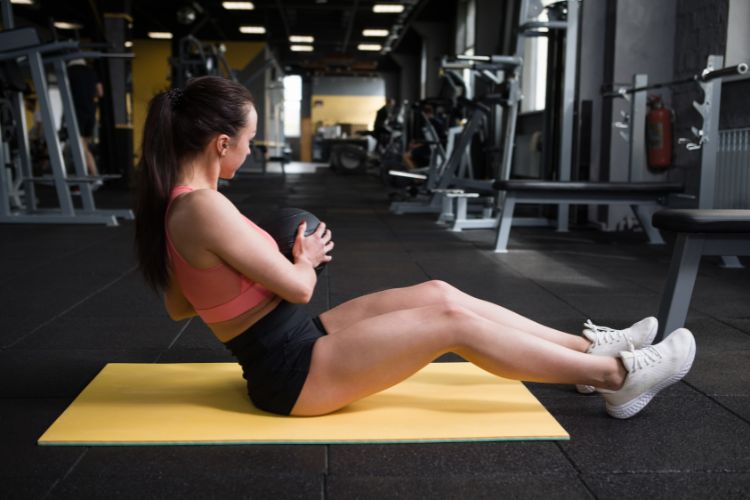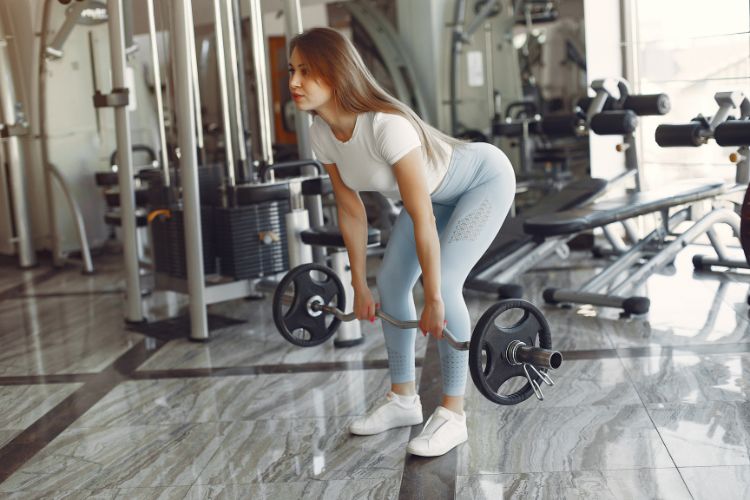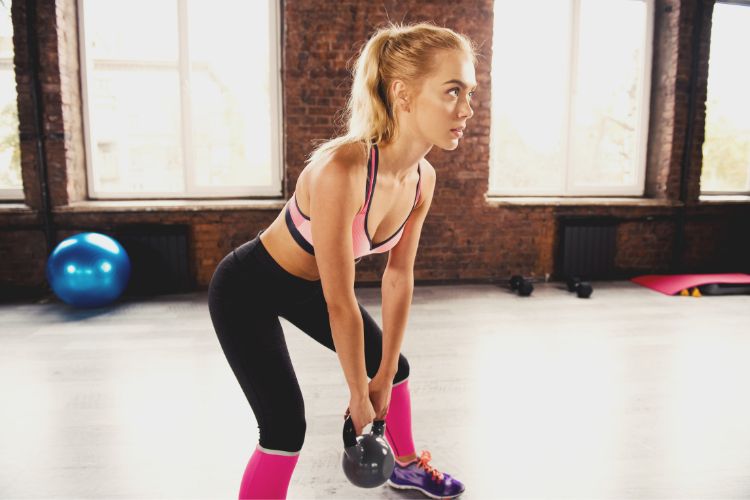Sign up for workout ideas, training advice, reviews of the latest gear and more.






Kettlebell deadlifts are one of the most effective strength-training exercises for building power, endurance, and functional fitness. Unlike traditional barbell deadlifts, kettlebell deadlifts offer greater mobility, versatility, and accessibility, making them ideal for beginners, athletes, and advanced lifters alike.
This comprehensive guide will cover everything you need to know about kettlebell deadlifts, including:
Whether you’re new to kettlebell training or looking to refine your technique, this guide will help you master the kettlebell deadlift and incorporate it into your fitness routine effectively.
Kettlebell deadlifts are a compound movement, meaning they engage multiple muscle groups simultaneously. The primary muscles worked include:
Because the movement mimics real-world lifting mechanics, it enhances functional strength—helping you lift groceries, move furniture, or perform athletic movements with ease.
A proper hip hinge is essential for deadlifts, squats, and even everyday movements like picking up a child or a heavy box. Kettlebell deadlifts reinforce proper hip hinge mechanics, teaching you to:
Since kettlebells have a thicker handle than dumbbells, they challenge your grip strength more intensely. This translates to better performance in other exercises like pull-ups, rows, and farmer’s carries.
Athletes in sports like football, basketball, and martial arts benefit from kettlebell deadlifts because they:
Whether you’re a beginner or an advanced lifter, kettlebell deadlifts can be adjusted by:
Mistake: Rounding the Lower Back
Fix: Engage your core and keep a neutral spine. Imagine a straight line from head to hips.
Mistake: Pulling with the Arms
Fix: Your arms should act as hooks—power comes from the legs and hips.
Mistake: Hyperextending at the Top
Fix: Stand tall without leaning back—squeeze glutes at the top.
Mistake: Letting the Kettlebell Drift Forward
Fix: Keep it close to your shins—think “drag it up your legs.”
Best For: Core stability, fixing muscle imbalances.
How to Do It:
Best For: Increased load, better grip strength.
How to Do It:
Best For: Targeting inner thighs and glutes.
How to Do It:
Best For: Hamstring and glute activation.
How to Do It:
Best For: Anti-rotation core strength.
How to Do It:
Best For: Those who prefer a neutral grip.
How to Do It:
Progressive Overload: Increase weight by 2-4kg every 2-3 weeks.
Tempo Training: Try 3-second lowers for more muscle control.
Breathing Technique: Inhale before lifting, exhale at the top.
Recovery: Allow 48 hours between deadlift sessions.
| Exercise | Best For | Difficulty |
|---|---|---|
| Kettlebell Deadlift | Mobility, Grip Strength | Beginner |
| Barbell Deadlift | Max Strength | Advanced |
| Dumbbell Deadlift | Unilateral Training | Intermediate |
| Trap Bar Deadlift | Spine-Friendly | All Levels |
Kettlebell deadlifts are a versatile, joint-friendly, and highly effective exercise for building strength, improving mobility, and enhancing athletic performance. By mastering proper form, experimenting with variations, and following structured workout plans, you’ll see significant gains in power and endurance.
Ready to take your training to the next level? Grab a kettlebell and start deadlifting today!
Q: Can kettlebell deadlifts replace barbell deadlifts?
A: They complement each other—kettlebells are great for mobility, while barbells allow heavier loads.
Q: How heavy should I go?
A: Beginners: 8-16kg | Intermediate: 16-24kg | Advanced: 24kg+
Q: Are kettlebell deadlifts safe for bad backs?
A: Yes, if done with proper form—start light and focus on hip hinge mechanics.
Q: How often should I do them?
A: 2-3x per week with adequate recovery.
By following this guide, you’ll maximize strength, prevent injuries, and achieve better results with kettlebell deadlifts. Which variation will you try first? Let us know in our social media comments!
Stay up to date on the latest women’s health, fitness and lifestyle trends and tips.